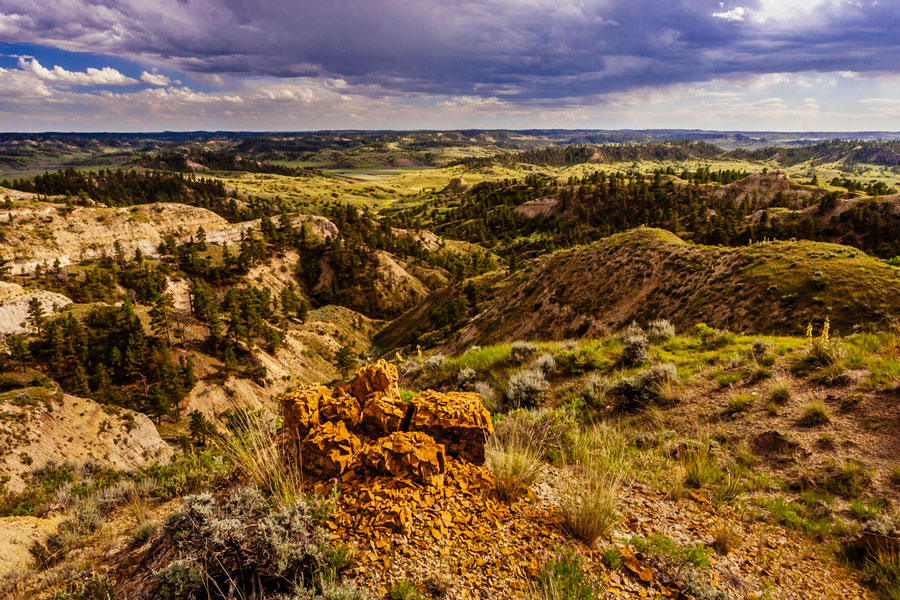Overview of the issue
From river breaks to high mesas and from sage coulees to semi-arid mountain ranges, tracts of intact and undeveloped Bureau of Land Management public lands are some of the most important places to hunt and fish left on the planet. These “backcountry” lands sustain high quality big game, upland bird and fisheries habitats, support traditional resource based economies and are widely appreciated by the public for hunting, fishing and other outdoor recreation. Most people like these places just the way they are: intact and undeveloped.
Change is occurring rapidly across the West. We are a nation with a quickly expanding population, where recreational and ranching activities alike are under pressure, where wildlife habitats are shrinking, and where resource extraction is a necessity to meet an exploding global demand for energy. Traditional public lands users like hunters and anglers are feeling squeezed.
Sportsmen must get involved and make ourselves heard in order to sustain our public lands hunting and fishing traditions. Right now, the future of 71 million acres of Bureau of Land Management public lands is being decided as the agency develops local land use plans across the West. These land use plans will determine the future of energy development, fish and wildlife habitat management and recreation on these lands. They represent the last great opportunity for sportsmen to conserve our best hunting and fishing areas.
Why does TRCP care?
To conserve these invaluable public lands, a coalition of more than 300 hunting and fishing groups and businesses, is promoting the responsible management of backcountry lands through local BLM land use plans across the West. Through backcountry conservation management and the use of a management tool called the “backcountry conservation area” or BCA, the BLM has the authority to conserve extraordinary fish and wildlife habitat from fragmentation and development, maintain important access, and focus management activities on the conservation and restoration of key habitats, while at the same time sustaining traditional uses of the land.
Hunters and anglers are working with local stakeholders such as landowners, businesses and recreationists to advance backcountry conservation management through numerous land use plans in six Western states. Each of these areas provides some of the finest wildlife habitat and sporting opportunities in the West, and now is the time to conserve these public lands for future generations of sportsmen and women.
For more information contact Joel Webster, Director, TRCP Center for Western Lands.





